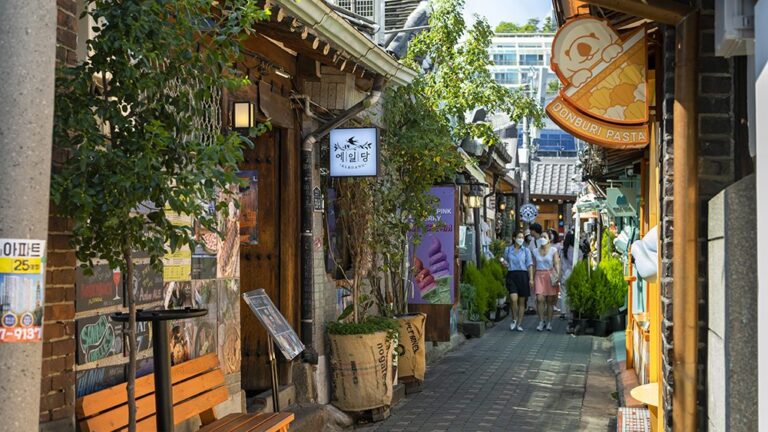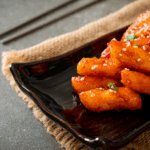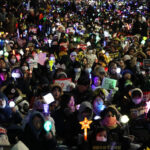Delicious but Beware of Prices! Hidden Traps at Korean Street Food Stalls?
When it comes to traveling in Korea, food is a must! Among all the culinary delights, Korean street food stands out as one of the most exciting and memorable experiences for travelers. From spicy tteokbokki (rice cakes) and sweet hotteok (filled pancakes) to stretchy cheese-filled Korean-style hot dogs, it’s hard to resist stopping for a quick bite. The local flavors, the vibrant atmosphere, and the reasonable prices — these are what make Korea’s street food culture so appealing.
However, in recent years, some tourist areas have seen issues like “foreigner pricing” and overcharging. To make sure your fun trip doesn’t turn into an unpleasant memory, this guide will explain the current street food situation in Korea and share practical tips to help you avoid getting ripped off, all based on real experiences.
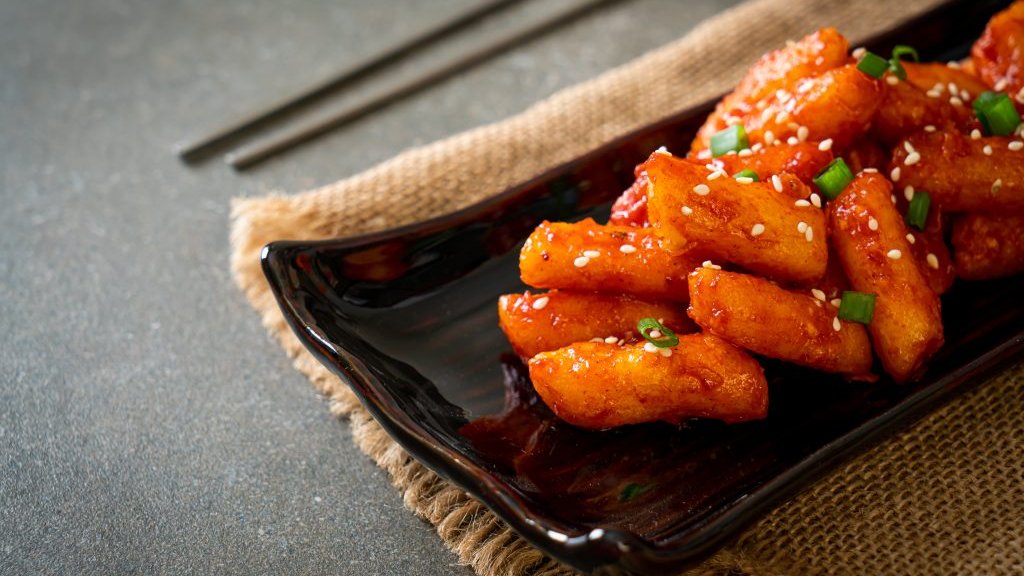
Average Prices of Korean Street Foods (As of 2025)
| Food | Average Price (per person) | Comment |
|---|---|---|
| Tteokbokki (Spicy Rice Cakes) | 3,000–4,000 KRW | In tourist areas, prices can exceed 5,000 KRW — be careful! |
| Gimbap (Korean Rice Roll) | 2,000–4,000 KRW | Slightly more expensive if it contains cheese or meat. |
| Hotteok (Sweet Filled Pancake) | 1,000–2,000 KRW | Fried varieties usually cost around 2,000 KRW. |
| Twigim (Korean Tempura) | About 500–1,000 KRW per piece | Around 2,000 KRW for 3 pieces on average. |
| Eomuk (Fish Cake Skewer) | 1,000–1,500 KRW per skewer | Usually comes with free broth. |
| Hot Dog (Korean-style Corn Dog) | 3,000–5,000 KRW | Cheese filling or extra sauces may increase the price. |
Beware of Price Variations!
Recently, especially in tourist-heavy areas such as Myeongdong and Dongdaemun, there have been many reports of hotteok (sweet pancakes) being sold for over 5,000 KRW each or tteokbokki (spicy rice cakes) priced at 7,000 KRW. These are significantly higher than what locals usually pay.
Also, be cautious of stalls that display menus only in English or Japanese, or do not clearly show prices — these are often signs that the shop may be targeting foreign tourists with inflated prices.
Places Known for Overcharging
Myeongdong
One of Seoul’s most famous tourist areas. Recently, some food stalls targeting foreign visitors have made headlines for charging two to three times the normal price. Be especially cautious of stalls without price labels or no Korean written on the menu.
Insadong
A charming street filled with traditional culture and art. Its atmosphere attracts many foreign tourists, but as a result, prices tend to be higher — you’re often paying for the “ambiance.”
Namdaemun Market
While famous for its delicious market foods, there have been reports of shops charging excessive amounts after offering free samples or pressuring customers into buying more than they intended.
Busan International Market
Even outside Seoul, similar issues can occur in popular tourist areas. In Busan’s street markets, be extra careful at stalls without clear price displays — these are often the ones to watch out for.
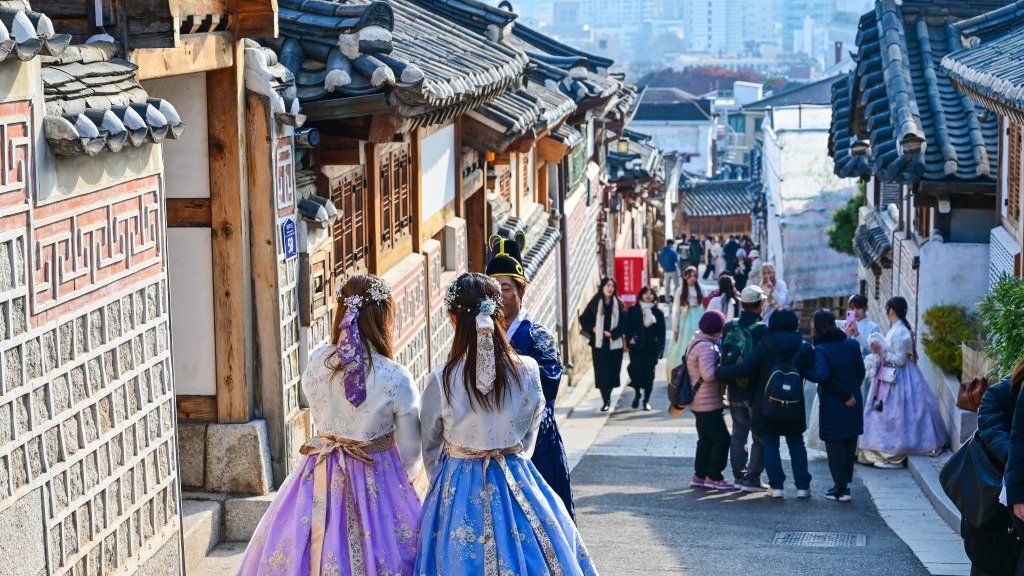
On the Other Hand: Safe and Local Street Food Areas in Korea
Street Stalls Near Seoul Subway Stations
These stalls mainly serve local commuters and students, so prices are typically fair and reasonable. Morning snacks like Korean toast or hotteok are especially popular.
Hongdae (Hongik University Area)
Known as a youthful and vibrant district, Hongdae has many stalls frequented by local students and office workers, meaning prices are usually honest and affordable.
Mangwon Market
A traditional market located in a residential area in western Seoul. It offers a true local atmosphere with stable, reasonable prices, making it a great place for tourists to enjoy authentic Korean street food without worry.
Tips to Avoid Getting Overcharged
- Avoid stalls without visible prices
Always check the price before ordering. Even simply asking in Korean, “얼마예요?” (How much is it?), can make a big difference in how vendors treat you. - Be cautious of menus written only in English or Japanese
These stalls often cater specifically to tourists and may charge higher prices than local standards. - Choose stalls frequented by locals
If you see Korean customers lining up, it’s usually a good sign that the stall is both popular and fairly priced. - Say no to pushy vendors
Be wary of stalls that insist, “Buy this one too!” or pressure you to purchase more. Politely but firmly decline unnecessary items. - Use apps to research in advance
Apps commonly used by locals — such as Naver Map or KakaoMap — allow you to check reviews and prices beforehand, helping you avoid unpleasant surprises.
Make the Most of Helpful Apps and Websites!
These days, there are plenty of price-checking apps and review sites that can make your trip to Korea easier and smarter. For example:
- 네이버 지도(NAVER Map): Offers detailed store information, photos, and menus — perfect for checking local reviews.
- 카카오맵(Kakao Map): Another highly trusted map app used mainly by locals, making it reliable for finding authentic spots.
- Google Maps: Great for travelers, with many English and Japanese reviews available.
By using these tools, you can not only avoid picking the wrong stall but also enjoy a more authentic, local-style street food experience in Korea.
A Final Word
Korean street food is truly one of the most enjoyable experiences you can have. Eating steaming hot tteokbokki, sweet hotteok, or a freshly fried Korean hot dog amid the lively crowds isn’t just about the taste — it’s also about the atmosphere, small interactions with vendors, and the local vibe that make your trip memorable.
However, it’s a shame to lose money simply because you “didn’t know.”
With just a bit of information in advance, you can enjoy Korea’s street food safely and confidently.
Be smart, delicious, and safe — and make your Korean food adventure one to remember!
Table of Contents


